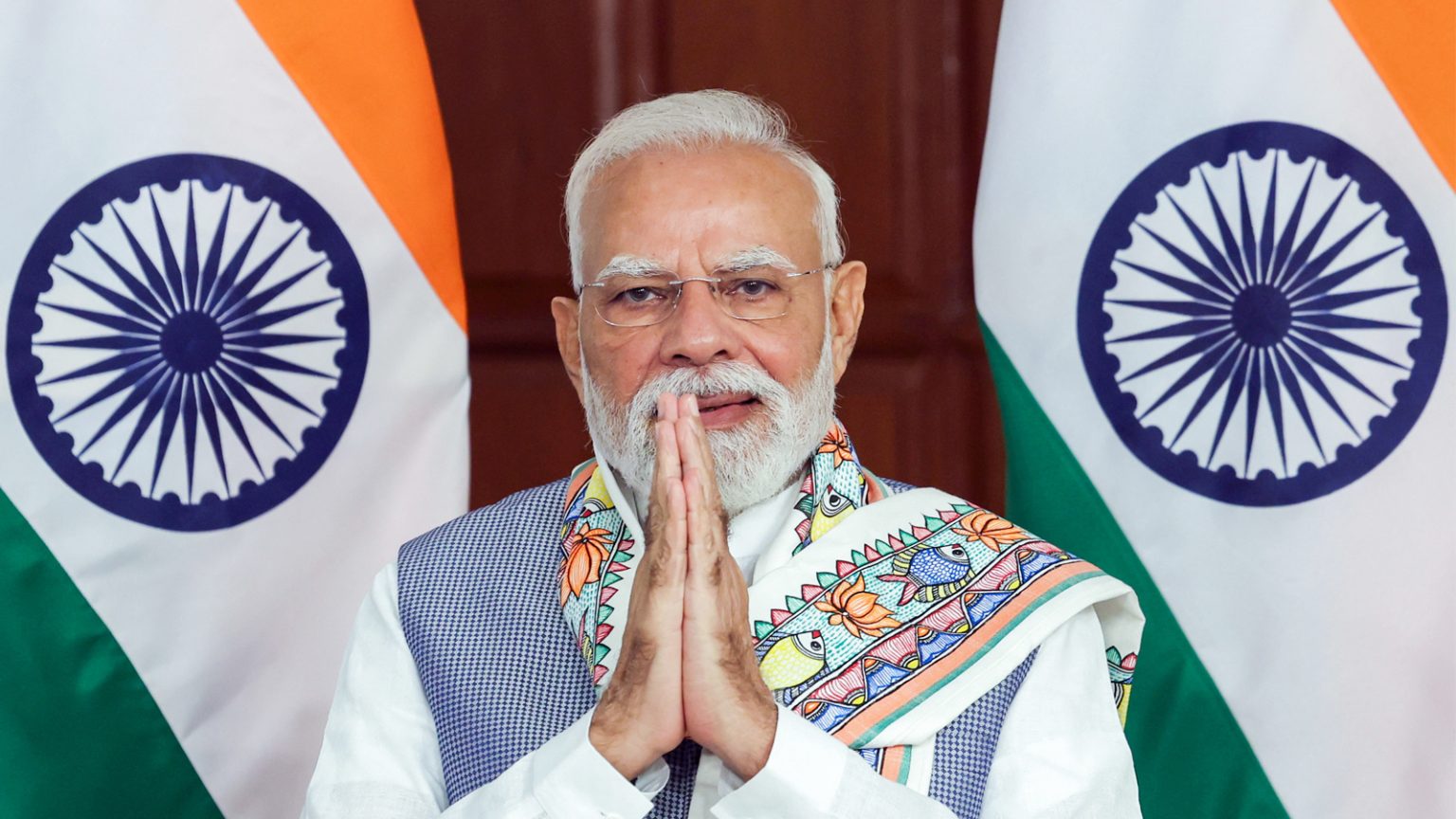Prime Minister Shri Narendra Modi will visit Shri Ram Janmbhoomi Mandir in Ayodhya, Uttar Pradesh, on 25th November to mark a historic occasion in India’s socio-cultural and spiritual landscape.
The Prime Minister’s visit will begin at around 10 AM with a tour of Saptmandir, which houses temples dedicated to Maharshi Vashishtha, Maharshi Vishwamitra, Maharshi Agastya, Maharshi Valmiki, Devi Ahilya, Nishadraj Guha, and Mata Shabari. This will be followed by a visit to Sheshavtar Mandir and Mata Annapurna Mandir. PM Modi will then perform Darshan and Pooja at Ram Darbar Garbh Grah, followed by Darshan at Ram Lalla Garbha Grah.
At approximately 12 noon, the Prime Minister will ceremonially hoist a saffron flag atop the Shikhar of the Shri Ram Janmbhoomi Mandir, symbolizing the completion of the temple’s construction and ushering in a new chapter of cultural celebration and national unity. The flag hoisting will coincide with the Abhijit Muhurat of Shri Ram and Maa Sita’s Vivah Panchami, an auspicious day representing divine union. The occasion also aligns with the martyrdom day of Guru Tegh Bahadur Ji, the ninth Sikh Guru, who meditated in Ayodhya for 48 hours in the 17th century.
The specially designed triangular saffron flag, measuring ten feet in height and twenty feet in length, features a radiant Sun symbolizing the brilliance and valour of Bhagwan Shri Ram, an image of the Kovidara tree, and the sacred symbol ‘Om’. It conveys a message of dignity, unity, and cultural continuity, embodying the ideals of Ram Rajya.
The Shikhar on which the flag will be hoisted is constructed in the traditional North Indian Nagara architectural style. The surrounding 800-metre Parkota, a circumambulatory enclosure built around the temple in South Indian architectural style, reflects the architectural diversity of the complex.
The temple also showcases 87 intricately carved stone episodes from the life of Bhagwan Shri Ram, based on the Valmiki Ramayana, on its outer walls, along with 79 bronze-cast episodes from Indian culture along the enclosure walls. These elements provide an educational and culturally enriching experience for all visitors, highlighting India’s rich spiritual and architectural heritage.










